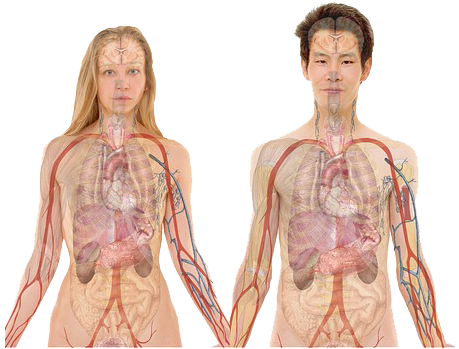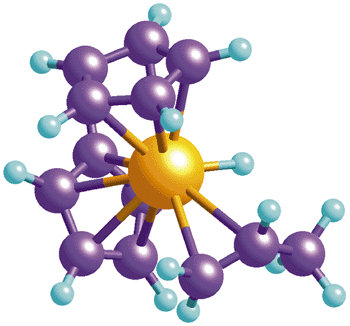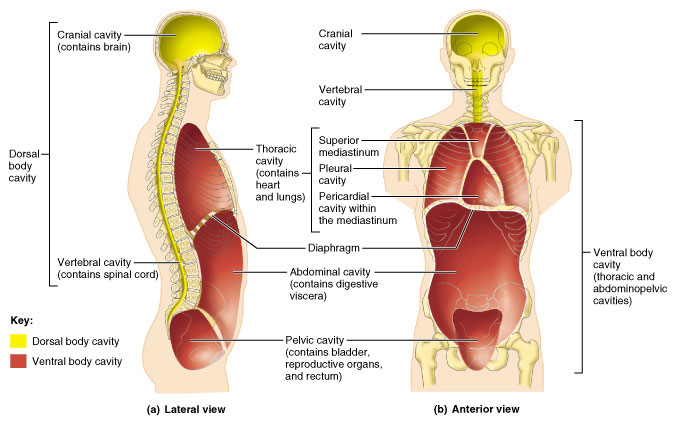Week 2
Section outline
-
Welcome to Week 2
-
2.7 Labelling regional terms
Test your knowledge of regional terms in this drag and drop exercise. You will be asked to label the terms highlighted on the image below. Click here to get started.




